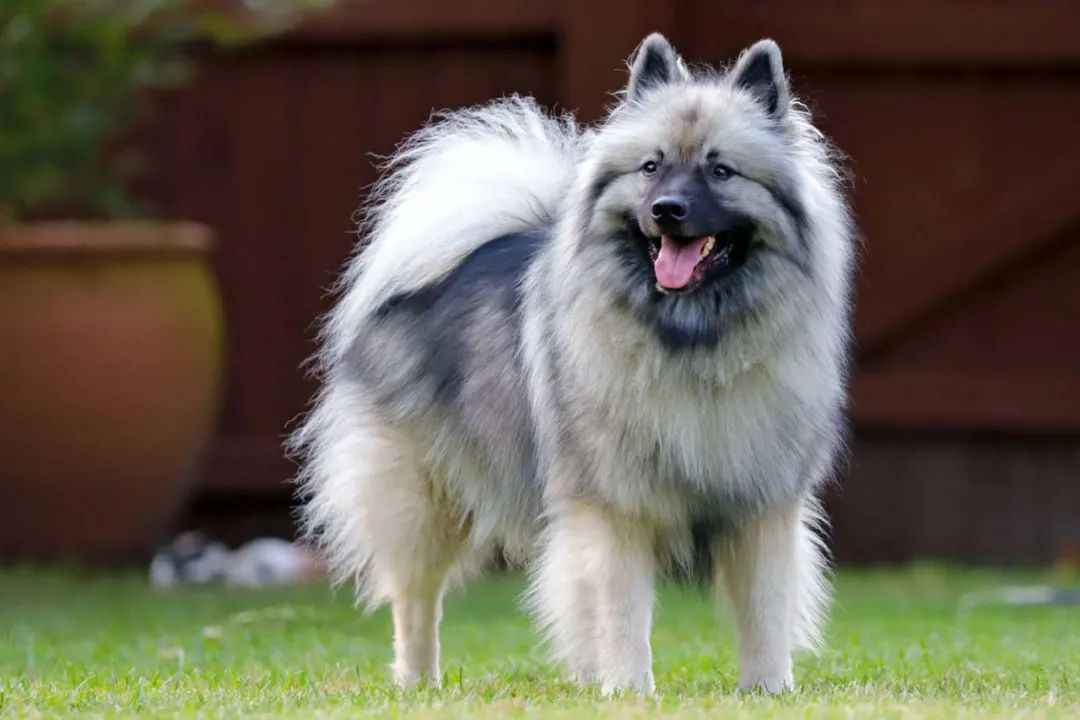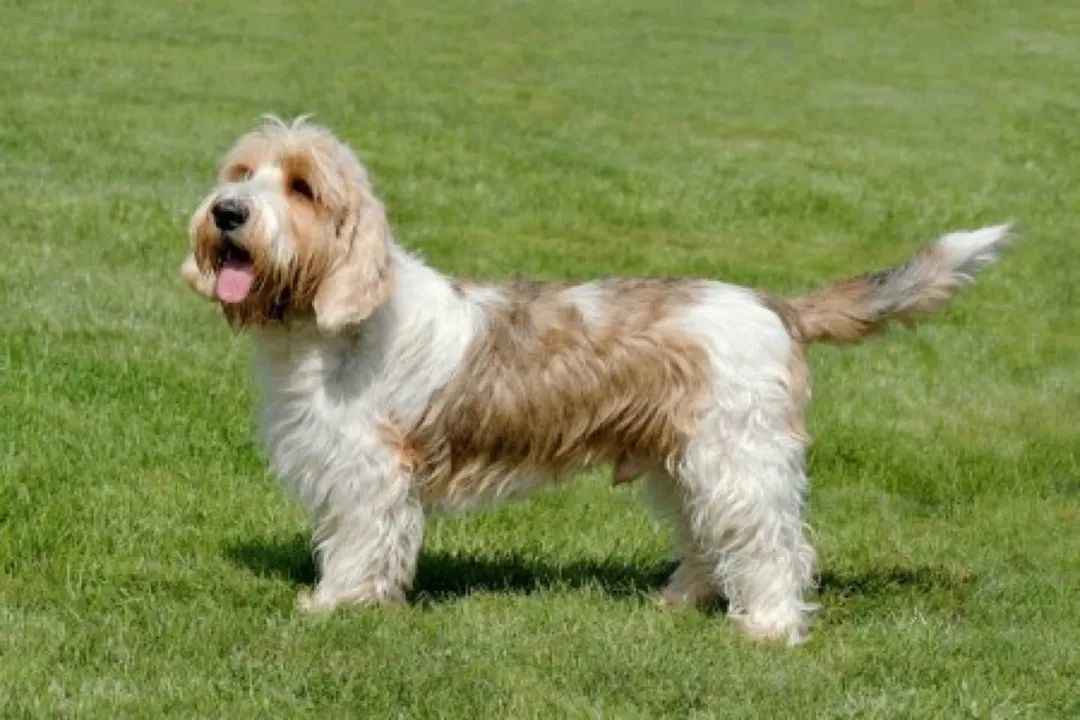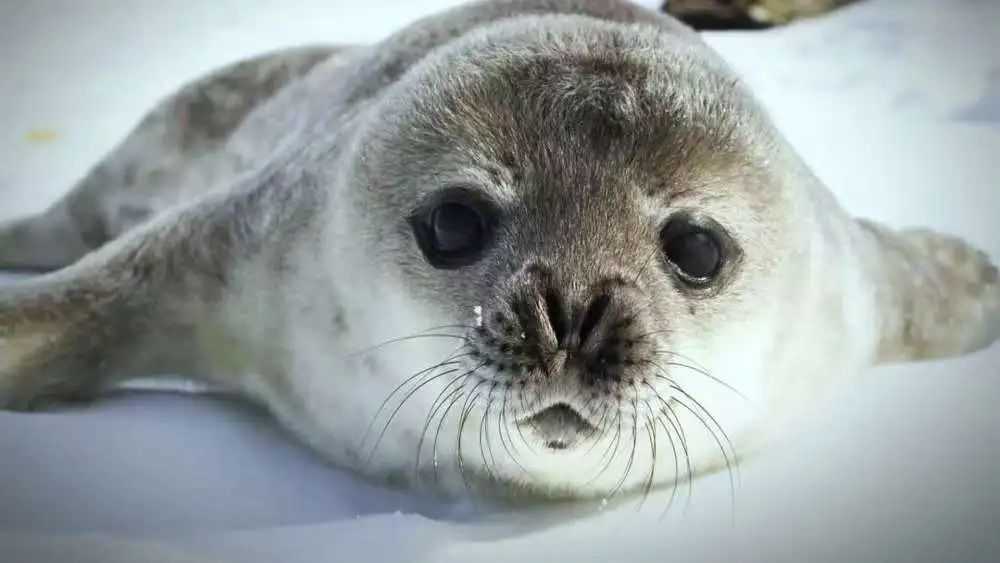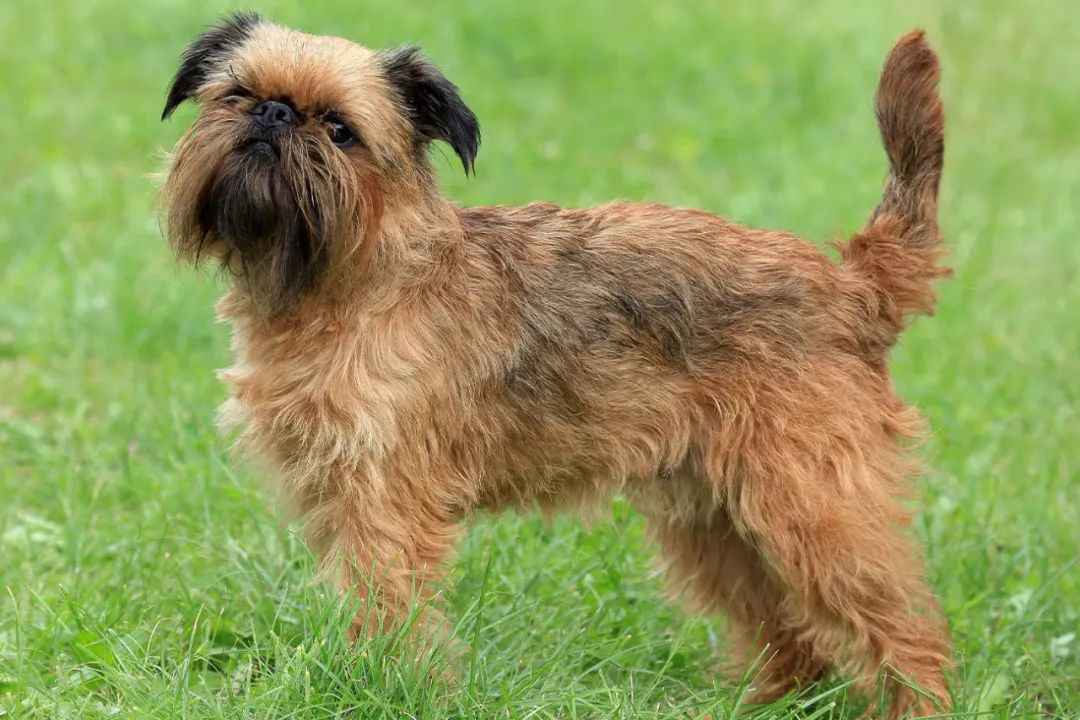A Timeless Breed Bridging History and Modernity
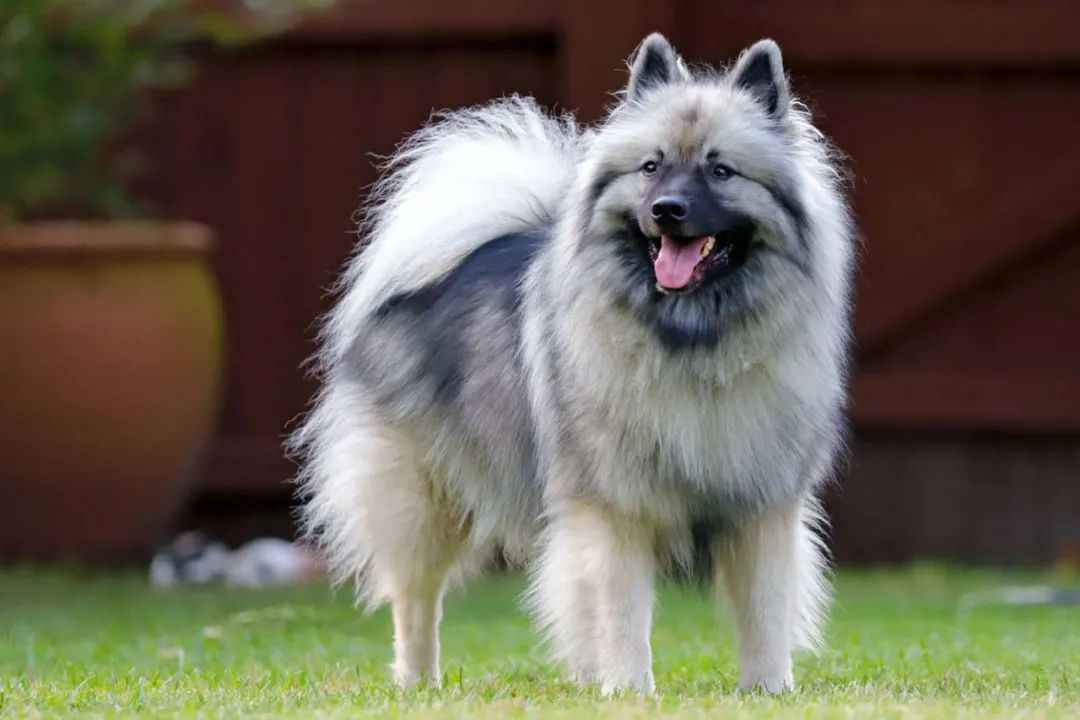
Source: Images from the Internet, if there is any infringement, please contact the removal of
The Keeshond, affectionately known as the "Dutch Barge Dog" or "Smiling Dutchman," traces its roots to 18th-century Netherlands. Originally serving as vigilant watchdogs on Rhine River barges, these dogs earned sailors' trust with their acute awareness and loyalty111. During the political turmoil of the late 1700s, the Keeshond became a symbol of the Dutch Patriot Party, famously depicted in a 1794 painting mourning beside a mayor's tomb1. Despite near extinction due to political shifts, the breed was revived by enthusiasts like Baroness van Hardenbroek in the early 20th century and recognized by the American Kennel Club (AKC) in 193012.
Appearance and Temperament
Medium-sized with a sturdy build (17-18 inches tall, 35-45 pounds), Keeshonds feature a striking double coat—harsh outer guard hairs and a soft undercoat—accentuated by a mane-like ruff and a curled tail26. Their gray-based coat, adorned with black and cream markings, includes distinct "spectacle" patterns around the eyes, giving them a perpetually smiling expression711. Sociable and devoted, Keeshonds thrive as family companions, excelling with children and other pets while maintaining their watchdog instincts212.
Medium-sized with a sturdy build (17-18 inches tall, 35-45 pounds), Keeshonds feature a striking double coat—harsh outer guard hairs and a soft undercoat—accentuated by a mane-like ruff and a curled tail26. Their gray-based coat, adorned with black and cream markings, includes distinct "spectacle" patterns around the eyes, giving them a perpetually smiling expression711. Sociable and devoted, Keeshonds thrive as family companions, excelling with children and other pets while maintaining their watchdog instincts212.
Health and Care
With a lifespan of 12-15 years, Keeshonds are generally robust but require screening for hip dysplasia and progressive retinal atrophy (PRA)213. In 2025, Cornell University introduced the PHPTQ genetic test to detect mutations linked to late-onset primary hyperparathyroidism, offering breeders advanced health assessment tools8. A balanced diet (1-2 cups of high-quality food daily) and regular exercise prevent obesity, while weekly grooming—especially during seasonal shedding—keeps their dense coat healthy and mat-free512.
With a lifespan of 12-15 years, Keeshonds are generally robust but require screening for hip dysplasia and progressive retinal atrophy (PRA)213. In 2025, Cornell University introduced the PHPTQ genetic test to detect mutations linked to late-onset primary hyperparathyroidism, offering breeders advanced health assessment tools8. A balanced diet (1-2 cups of high-quality food daily) and regular exercise prevent obesity, while weekly grooming—especially during seasonal shedding—keeps their dense coat healthy and mat-free512.
Cultural Legacy and Modern Relevance
Today, Keeshonds grace both family homes and dog shows, ranked 89th in AKC popularity in 20232. Their enduring appeal is celebrated in art and media, such as the 2025 Keeshond-themed calendar highlighting their playful spirit7. Whether as loyal companions or historical icons, Keeshonds continue to captivate hearts worldwide, embodying the perfect blend of heritage and modern charm.
Today, Keeshonds grace both family homes and dog shows, ranked 89th in AKC popularity in 20232. Their enduring appeal is celebrated in art and media, such as the 2025 Keeshond-themed calendar highlighting their playful spirit7. Whether as loyal companions or historical icons, Keeshonds continue to captivate hearts worldwide, embodying the perfect blend of heritage and modern charm.
-------- END --------
